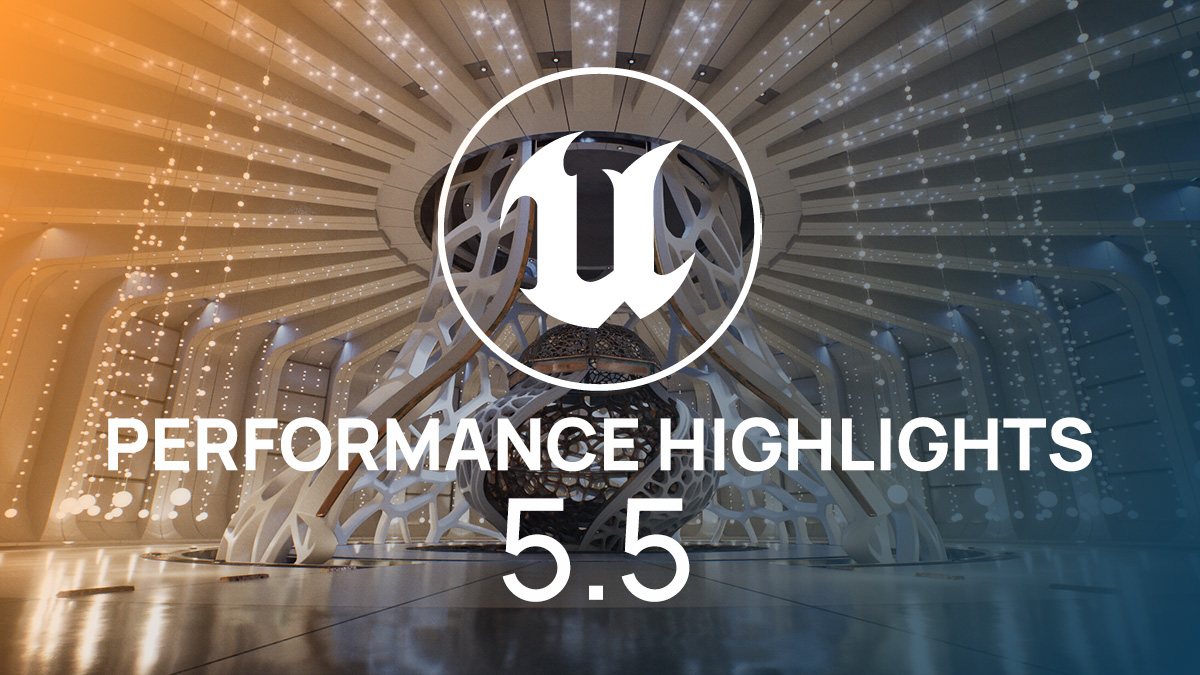I feel like, as a consumer, it's often very difficult to get a lot of developers on board to fixing these issues, precisely because we don't have much or any insight into what's causing them.. and that's where ultimately I think I come back to the engine providers. I think it's fair to say that the only people who programmers take seriously is the opinions of other programmers. On game forums or support forums it's extremely annoying when half the battle is arguing with people who claim they don't have any issue. Specifically coming into threads to deny that your issue exists among others who, while often having good intentions.. post stupid placebo fixes. If I make a thread on Steam forums, or a support ticket and say something like "you're spawning too many actors.... yadda yadda.." they're just mostly going to ignore me.
In my eyes, there's a systemic issue in the industry where we've gone on accepting this stuff for far too long, and not enough of the right people are calling it out to where things systemically change. In my mind that's where the engine providers come in. I know they can only do so much.. but when there's as prevalent of an issue as this, is it not prudent to bring more awareness of how to do these things properly to the studios who use the engine? I thought the same thing about the shader compilation thing. How on earth was Epic not reaching out to more developers sooner and being like "hey you should do this and this to pre-compile and prevent these issues from happening."
I ultimately don't know what the developer/engine provider relationship is like.. but I feel like if I was the engine provider, I'd be reaching out far and wide and ensuring people were in the best position to see their games succeed on my engine.
In my eyes, there's a systemic issue in the industry where we've gone on accepting this stuff for far too long, and not enough of the right people are calling it out to where things systemically change. In my mind that's where the engine providers come in. I know they can only do so much.. but when there's as prevalent of an issue as this, is it not prudent to bring more awareness of how to do these things properly to the studios who use the engine? I thought the same thing about the shader compilation thing. How on earth was Epic not reaching out to more developers sooner and being like "hey you should do this and this to pre-compile and prevent these issues from happening."
I ultimately don't know what the developer/engine provider relationship is like.. but I feel like if I was the engine provider, I'd be reaching out far and wide and ensuring people were in the best position to see their games succeed on my engine.









